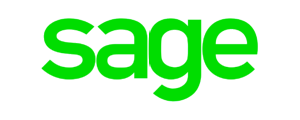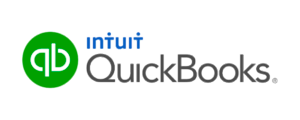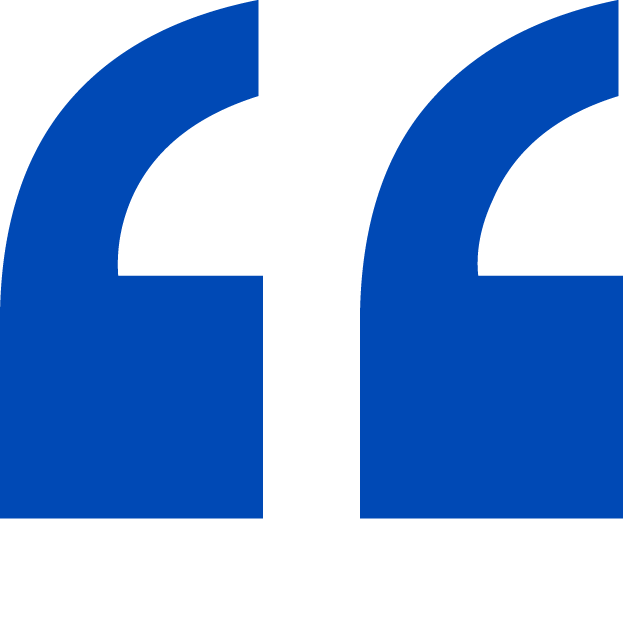Balancing the books is a challenge faced by businesses large and small, whether a start-up or established player.
It’s no different for digital agencies. Positive cash flow does more than just pay the bills and wages. It fuels growth, instilling the confidence to aim high and dream big.
So when it comes to running a successful digital agency, there’s no room for cash flow complacency.
Here we explore why having a healthy net cash flow each month is so important. How it can free you up to focus on delivering exceptional client work and making plans for a bright future.
How does cash flow work?
Cash flow works by making precise adjustments to net profits through adding or subtracting the difference in costs, sales, and credit transactions from one time to the next is how cash flow is evaluated.
What is Positive Cash Flow?
Simply put, positive cash flow means you have enough money coming into your agency at regular intervals to cover the basics and beyond.
You have cash to pay staff wages and yourself, cash to hire new talent, cash to pay your suppliers, cash to carry out marketing campaigns, and preferably cash left over.
Is cash flow on your mind? Do you dread checking your business bank balance? If your cash flow analysis is causing sleepless nights, you’re not alone.
HubSpot’s Marketing Agency Growth Report 2018 found that 29% of agencies see maintaining cash flow as their biggest pain point. And 31% say it’s preventing them from growing as fast as they’d like.
Most worryingly, 57% of those surveyed have less than three months’ cash flow available to pay for salaries and expenses.
It’s a danger that can lurk behind the scenes at any agency.
If there isn’t enough cash in your agency coffers, not just today but predictably into the future, your growth plans will be severely limited. Not to mention your ability to pay your staff, freelancers and yourself.
Why Is Positive Cash Flow So Important?
Tolerate poor cash flow at your peril. It’s responsible for the failure of hundreds of businesses each year, cited by the Office for National Statistics as a contributing factor in 90% of cases.
The good news is that by understanding its importance to the long-term prospects of your business and approaching it proactively, you can conquer cash flow challenges.
When you have enough money at your disposal, your digital agency can:
- Pursue new opportunities: pitching for new clients when your team is already working to capacity is pointless if you can’t afford to hire new recruits. With reliable net cash flow each month, you can set to work finding the best people for the job while your existing clients receive the same dazzling service.
- Be a professional and efficient debtor: just as you like to be paid on time, it’s good business etiquette to pay your invoices promptly. cash flow allows you to do this.
- Invest in new technology: no digital agency worth its salt works on outdated IT equipment. Cash in the bank means that everyone in your team has the tech they need to do a brilliant job.
- Carry out sustained marketing: if your marketing strategy relies on regular investment, you’ll be fending off new leads from every direction when it’s properly funded.
- Plan for the future: whether you need an office refresh, relocation or expansion, healthy net cash flow will make your ideas a reality.
How to Spot Cash Flow Problems Early
It might not fire up your creative juices but carrying out a cash flow analysis must make up part of your regular accounting processes.
Whether you do this in-house or outsource to an accountant, having a clear up-to-date overview of your financial situation will alert you to any impending issues.
Alongside the all-important figures, look out for the warning signs that cash flow could be becoming compromised:
- Bills aren’t getting paid: if you’re scraping money together to pay your suppliers each month or asking for extended credit, it’s time to take stock.
- Clients aren’t paying invoices: if this becomes the rule rather than the exception, the impact on your bottom line will soon become unsustainable.
- Growing credit card debt: whether you’re using a business or personal credit card, if you have no immediate means to reduce the balance, your cash flow is in trouble.
- Turning down new work: when lack of money means a great new business opportunity fills you with regret rather than excitement, it’s time to get your systems in order.
How to Keep Cash Flowing

If you have a steady stream of clients and plenty of projects on the go, cash flow problems can be prevented, or at least minimised.
All you need is a toolkit of tips and a positive attitude to achieving positive cash flow.
Forecast Carefully
Whether you hand this job over to an accountant or not, making sensible projections about future income and expenditure is essential for business planning. Aim to forecast for between three to six months into the future. You’ll never be 100% accurate but it will give you a broad overview of where you stand.
For example, if you know that clients go quiet in December, you can plug this into your cash flow analysis and anticipate possible issues. This allows you to take steps to cover the shortfall and delay any major expenditure plans.
When your forecast points towards a healthy period of uninterrupted cash flow, you can plan to recruit your next member of staff or make that long-awaited office move.
Streamline Credit Control
When you implement regular and structured credit control in your digital agency, your financial admin instantly becomes slicker.
Dedicated software packages can automate the process, issuing invoices to clients and sending reminders when they’re due. Getting yourself organised can free up precious time to focus on clients rather than spreadsheets.
If you’re regularly dealing with late payees, negative cash flow consequences are inevitable. Nobody wants to be making awkward calls chasing up late payments, so do all you can to minimise the possibility:
- Consider invoicing once work is complete instead of routinely at the end of the month. That way you won’t be relying on a lump sum arriving at once and, if you have multiple late payees, the impact won’t be as intense.
- Make it easy for customers to pay you. Setting up a Direct Debit scheme is ideal for retainer clients who are charged a monthly fee. You’ll also reap the benefits of regular, reliable payments as you receive the expected amount on the expected date.
- Make sure invoices are accurate and payment terms are clear, especially late payment fees. If your client quibbles a detail, you’ll be dealing with delay.
- Assess your suppliers’ payment terms and change yours to correlate. If you’re regularly paying bills sooner than your invoices are being paid, a cash flow gap is more likely.
Review Your Pricing

If you can’t remember the last time you reviewed your pricing strategy, it’s time to give it some attention.
Ideally, you should consider your prices every 12 months. Check out what the competition is charging, analyse your margins and cross-reference time sheets with project fees.
Whether you decide to increase prices across the board or repackage your services, you’ll be helping secure positive cash flow.
Take More Money Up Front
Once you’ve reviewed how much to charge clients, you should then think about when they pay you.
Do you routinely take a deposit at the start of a project or do you rely on goodwill that the invoice will be paid in full on time?
Asking for a 50% deposit in advance is common practice, as is invoicing in stages as sections of the project are completed. These methods are especially helpful for longer projects, such as website design, which can last several months and often extend beyond the original deadline.
Minimise Work in Progress
On the subject of deadlines, aim to stick to these wherever possible to minimise the number of incomplete projects your team is working on.
Until the work is done, you won’t be able to issue that final invoice and your cash flow forecast could go askew. So put a monetary value on these works in progress and set a target for the team to reduce this. Meeting or beating deadlines is also of course great for client relationships.
Assess Your Suppliers
Another aspect of operations to review is your supplier list. If your choices are being driven by loyalty rather than price, it’s time to get tough and shave some pounds off your own bills.
Regularly streamlining your unavoidable expenses can add up to significant savings.
Control Staff Spending
As your agency grows, you may delegate some aspects of spending to members of the team. From hiring freelancers to updating software, these expenses are necessary for delivering excellent client work.
Be careful to set strict limits on this spending, ensuring a failsafe authorisation system is in place.
You and your team work hard to deliver great work for your clients. But like all businesses, you also need to stay focused on the financials.
When you appreciate its importance in the success of your agency and spot the symptoms of a possible cash flow gap, adopting a few simple methods of mastering positive cash flow will pay dividends.
Freed from the worry of dwindling cash supplies, you can plan for the future with confidence. A future that will see your agency shine.












